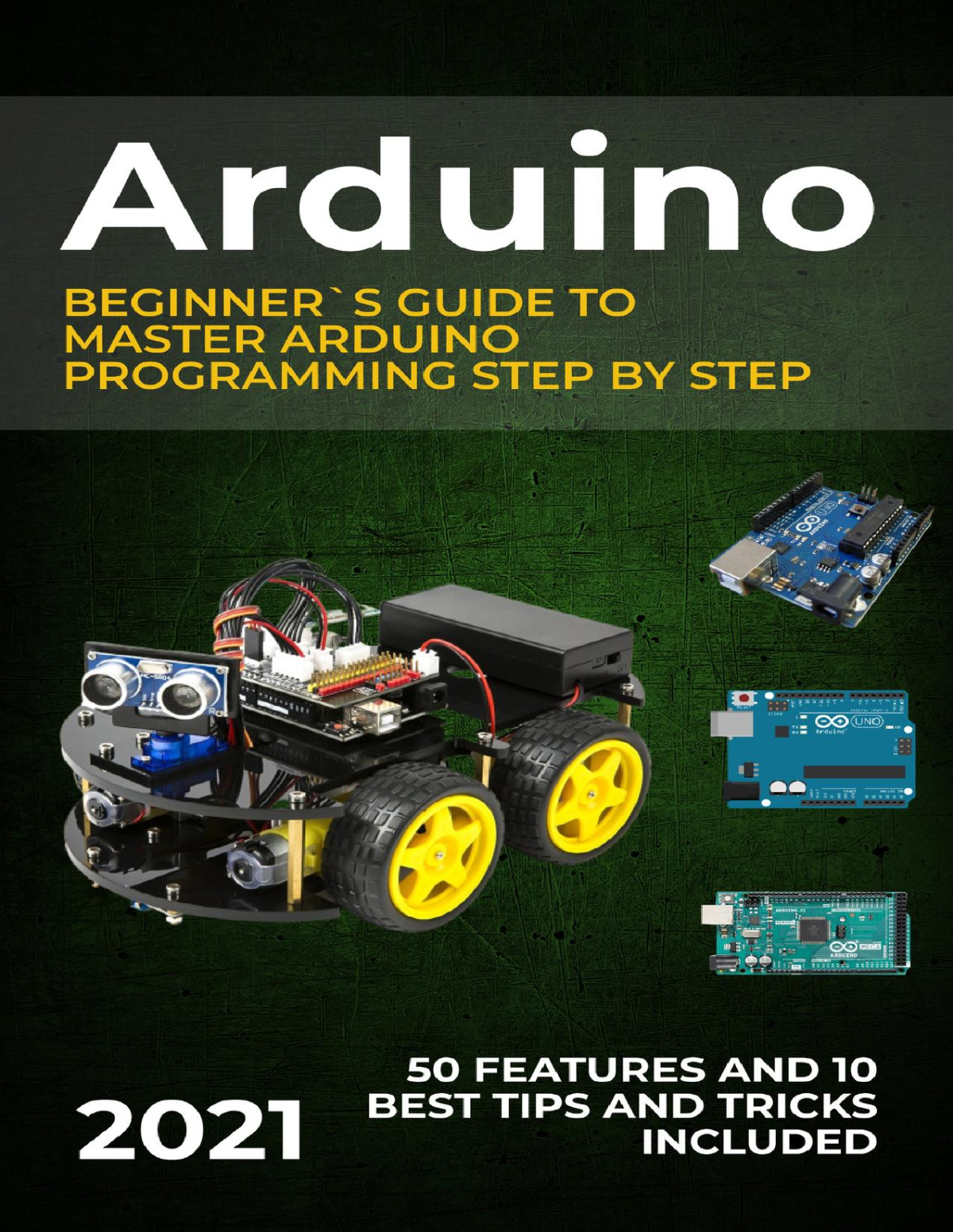

Most ebook files are in PDF format, so you can easily read them using various software such as Foxit Reader or directly on the Google Chrome browser.
Some ebook files are released by publishers in other formats such as .awz, .mobi, .epub, .fb2, etc. You may need to install specific software to read these formats on mobile/PC, such as Calibre.
Please read the tutorial at this link: https://ebookbell.com/faq
We offer FREE conversion to the popular formats you request; however, this may take some time. Therefore, right after payment, please email us, and we will try to provide the service as quickly as possible.
For some exceptional file formats or broken links (if any), please refrain from opening any disputes. Instead, email us first, and we will try to assist within a maximum of 6 hours.
EbookBell Team

0.0
0 reviews
ISBN 13: 9798590879809
Author: Johnny Cummings
Part 1: Getting Started with Arduino
What Is Arduino?
Arduino Board Components & Features
Setting Up Your Arduino Environment
Installing the IDE & Drivers
Your First Sketch: Blink
Part 2: Fundamentals of Arduino Programming
6. Variables, Types & Data Structures
7. Operators & Expressions
8. Control Flow: if, else, switch
9. Loops: for, while, do-while
10. Functions & Modular Code
Part 3: I/O and Peripheral Control
11. Digital Input & Output
12. Analog Input / Output (PWM)
13. Serial Communication (UART)
14. Interfacing Sensors & Actuators
15. Interrupts & Timers
Part 4: Advanced Features & Libraries
16. Using the Arduino Standard Library
17. Working with Strings & Arrays
18. EEPROM & Persistent Storage
19. Libraries & Modular Code
20. Creating Custom Libraries
Part 5: Communication & Connectivity
21. SPI & I2C Protocols
22. Wireless Communication (Bluetooth, WiFi, RF)
23. IoT & Web Interfaces
24. Networking with Arduino
Part 6: Project-Based Applications
25. LED Projects & Effects
26. Motor Control (DC, Stepper, Servo)
27. Display Modules (LCD, OLED)
28. Sensor Projects (Temperature, Light, etc.)
29. Data Logging Projects
30. Home Automation / Smart Projects
Part 7: 50 Features Explained
31–80. (One feature per mini-chapter, e.g. “Feature 1: PWM resolution”, “Feature 2: Debouncing inputs”, … up to Feature 50)
Part 8: Tips, Tricks & Best Practices
81. Top 10 Tips & Tricks for Arduino Programming
82. Debugging Strategies
83. Code Optimization & Efficiency
84. Power Management Techniques
85. Safety & Best Practices
86. Upgrading & Scaling Projects
arduino beginners guide
beginners guide to arduino.pdf
arduino programming guide pdf
guide to arduino programming
guide to arduino
arduino 101 beginners guide pdf
Tags: Johnny Cummings, Master, Arduino